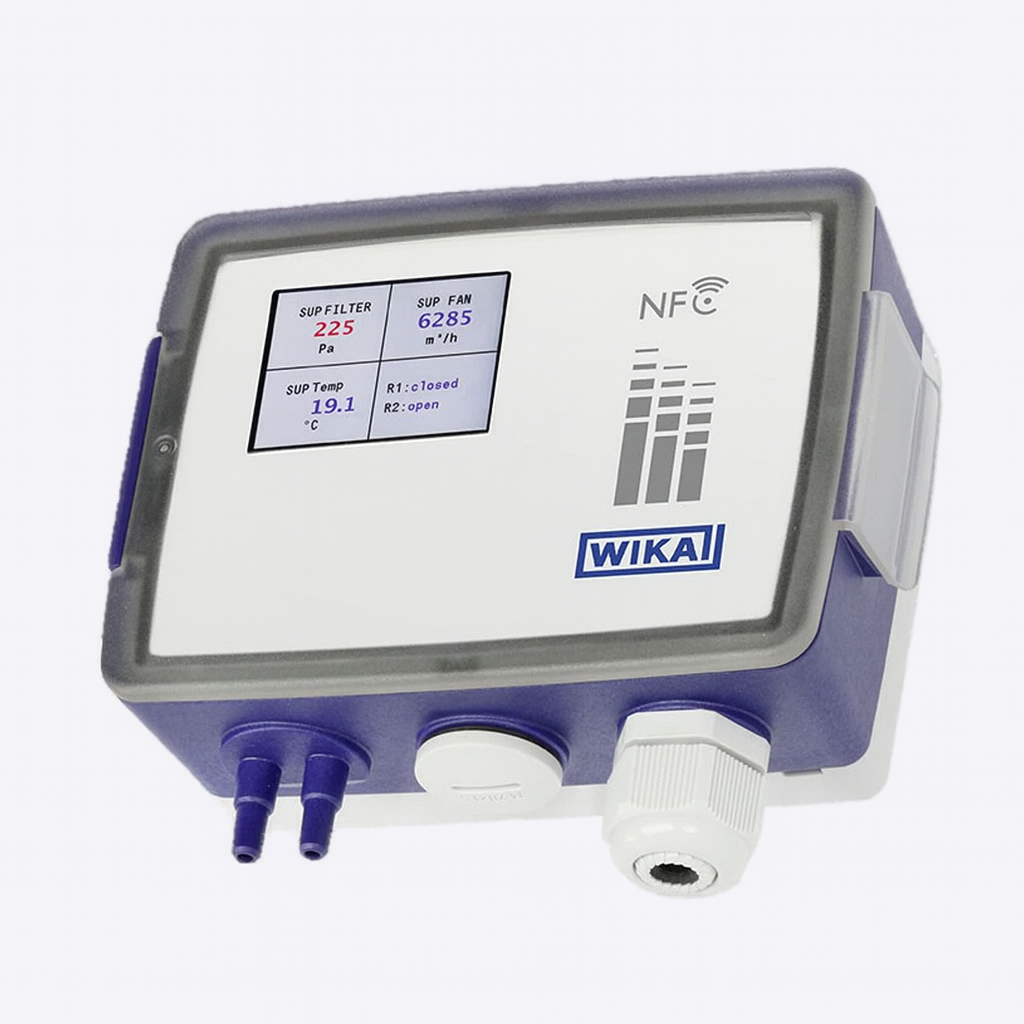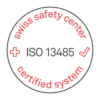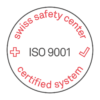EMC design for IoT products
Among the products marketed by WIKA Schweiz AG are the differential pressure sensors from the “Air2Guide” (A2G) series. They are used in ventilation and climate control technology for measuring and regulating differential pressure and volumetric flow rate. As new requirements emerge in the IoT sector, the company has expanded its product portfolio by developing IoT-capable products for the market.
From analysis to final EMC testing
konplan supported the EMC development requirements for two of these products. The first prototypes underwent design analysis and pre-compliance testing to identify the potential for optimization. The targeted use of filter circuits on the I/Os and power supply, modified 4- and 6-layer structures, and improved routing were used to implement the optimizations. The firmware was also optimized due to its influence on EMC characteristics based on I/O driver strengths and interrupt sensitivity. These optimizations significantly improved robustness against conducted interference and reduced emissions. In addition, konplan coordinated the planning, preparation, and performance of the final EMC tests in an accredited laboratory.
Close collaboration for sustainable success
konplan’s close EMC support during product development ensured prompt implementation of the defined optimizations. This allowed WIKA to concentrate on the product’s core functions and always verify the effectiveness of the optimizations through continuous pre-compliance testing. WIKA benefited from konplan’s extensive EMC experience and successfully achieved CE compliance.




